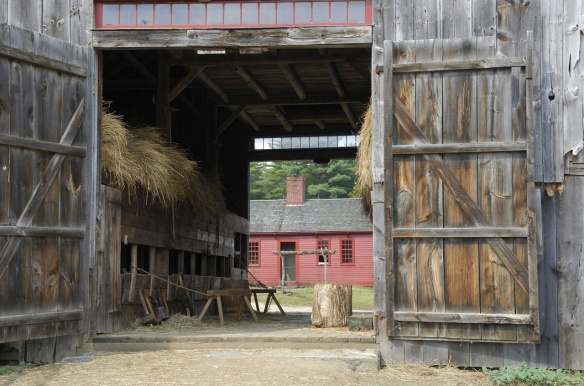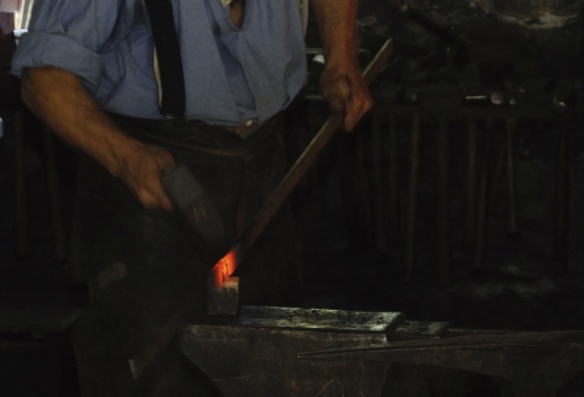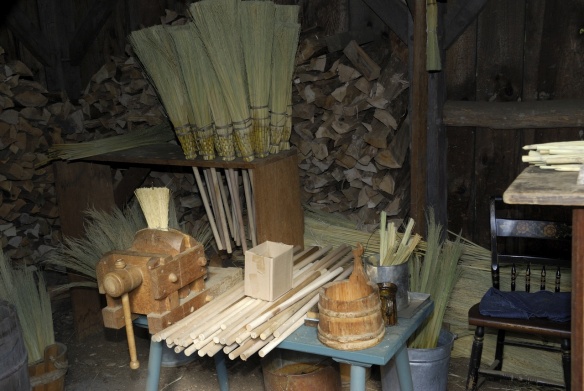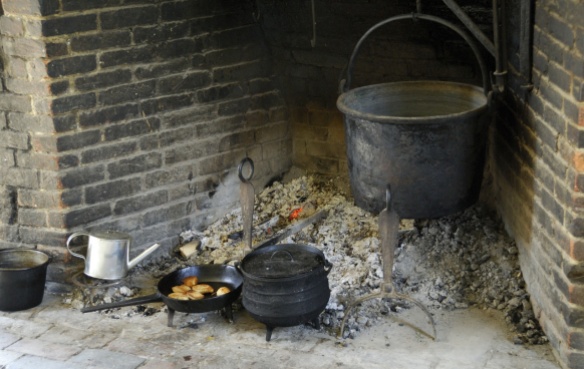MERRY CHRISTMAS !!
Here’s the annual round-up of my blog offerings. I grew insanely prolific this year, and went from biweekly posts to once a week. Happy Holidays and we’ll meet again in 2018. —Jadi
Art: Burma took center stage with A Burmese Spirit Guide and Sand Paintings. Food as Art was a tasty diversion. Andalusia was featured in Granada Heights, Alhambra Walls & Water, and Cordoba’s Arches. And we always have Paris! J’aime la Vie
Book excerpt: From my first book Broken In: A Novel in Stories, about a little boy and other people’s belongings. Carl Possessed 1 & 2
Current Events: I opined (quietly) concerning the mood in America, hurricanes, and the refugee crisis with Flags and Houston, We Have a Problem
Food: Always a fun subject…. A Cornucopia, The Seeds of Summer, Food as Art, and the local specialties here in Christmas Markets, Flammkuchen, and The Seeds of Summer
History & Cultural Heritage: Flags, In Search of Inspiration, J’aime la Vie, Christmas Markets and Death by Yawning
Holidays: Halloween, Japan’s Jidai Matsuri, plus Germany’s Christmas Markets
Memory: A tricky topic involving both emotions and events. I explored memory in The Seeds of Summer, Going Home (this one resonated deeply with readers), Granada Heights, Alhambra Walls & Water, Cordoba’s Arches, and Sevilla Song and Dance
Music: The sound of castanets and flamenco guitar in Sevilla Song and Dance
Nature: I went nuts writing a thread dedicated to my father. It began with The Animal Kingdom: 1 and so far 19 (!) posts have gone live. Since that wasn’t enough for me, I wrote special posts concentrating on individual critter families, such as A Clowder, A Cluster, A Cornucopia, and A Brood. I wrote a post on natural disasters, too: Houston, We Have a Problem
Places: America, Andalusia, Burma, Estonia, Germany, Japan, Latvia, Paris…
Religion: I was lucky to revisit a glorious spot where Christianity and Islam coexisted in Granada Heights, Alhambra Walls & Water, and Cordoba’s Arches
Writing: A goodly dose of humor helps on those baaad days… In Your Shoes or In Search of Inspiration
Take a look around and see if you find old friends or stumble upon posts you may have missed. I like to think that these blog posts are my gifts to the world. As always, I welcome any and all feedback. See you next year!
NOTES: © Jadi Campbell 2017. To see Uwe’s animal photos and pics from our trips, go to viewpics.de
Click here for my author page to learn more about my books and me.






 It’s an easy bus ride from the capitol Riga to the museum. (Go to my recent post Food as Art and salivate over the delicious foods you can order in Baltic restaurants.)
It’s an easy bus ride from the capitol Riga to the museum. (Go to my recent post Food as Art and salivate over the delicious foods you can order in Baltic restaurants.)

 Existence was harsh and hard, like the overcast skies much of the day we visited. [4] Along with simple huts, the site includes windmills.
Existence was harsh and hard, like the overcast skies much of the day we visited. [4] Along with simple huts, the site includes windmills.
 A store building is filled with dowry chests and traces of Latvia’s long history serving in the Hanseatic League.
A store building is filled with dowry chests and traces of Latvia’s long history serving in the Hanseatic League.

 NOTES: [1]
NOTES: [1] 
















